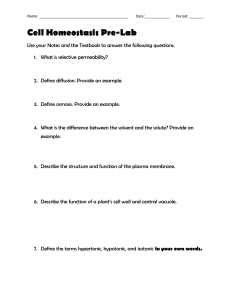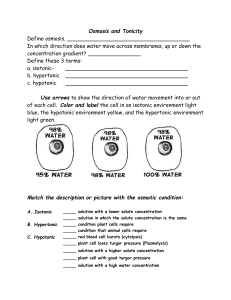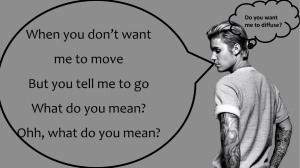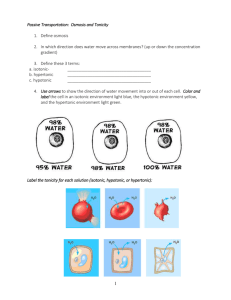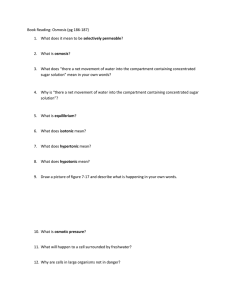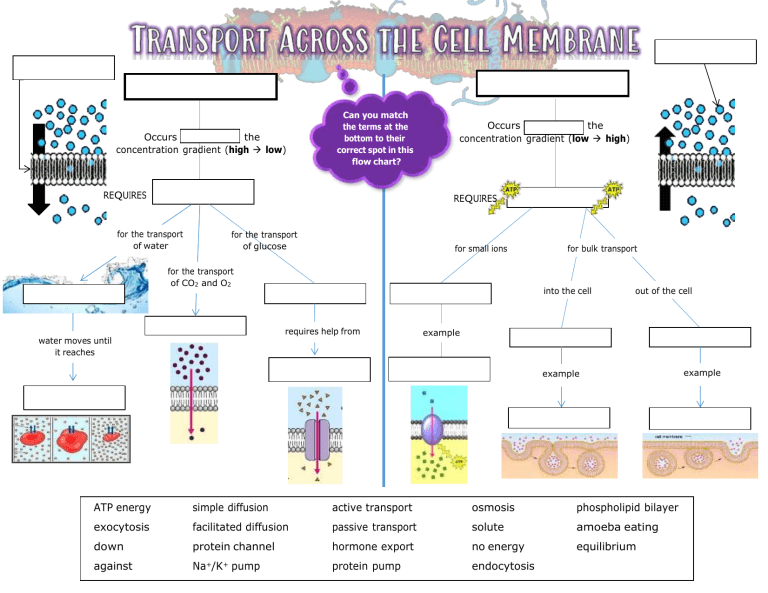
Occurs the concentration gradient (high low) Can you match the terms at the bottom to their correct spot in this flow chart? REQUIRES Occurs the concentration gradient (low high) REQUIRES for the transport of water for the transport of glucose for small ions for the transport of CO2 and O2 into the cell requires help from water moves until it reaches for bulk transport out of the cell example example ATP energy simple diffusion active transport osmosis phospholipid bilayer exocytosis facilitated diffusion passive transport solute amoeba eating down protein channel hormone export no energy equilibrium against Na+/K+ pump protein pump endocytosis example 1. Why wouldn’t bacteria be able to survive on salted fish? Explain using the concept of osmosis. 3. The roots of a plant have cells that absorb water from the soil. There is a high concentration of minerals inside the root cells compared to the minerals in the soil. a. Explain why water moves from the soil into the root hair cell. 2. The cells in the beakers shown below are permeable to water only. Indicate the tonicity of each solution (isotonic, hypertonic, or hypotonic) AND indicate the direction of water movement (into the cell, out of the cell, or no net movement of water). b. Complete each sentence below. 1. The soil is compared to the root cells. 2. The root cells are compared to the soil. Isotonic Tonicity of Solution: Direction of Water Movement: Isotonic Into the cell Hypotonic Out of the cell Hypertonic No net water movement Hypotonic Hypertonic 4. Soft drinks may contain various concentrations of solutes. Some soft drinks have a low solute concentration and are a source of water for your body’s cells. Others have a high solute concentration and can dehydrate your cells. Which of these drinks should be marketed as “thirst quenchers”? Explain your answer in terms of water concentration and water movement.
